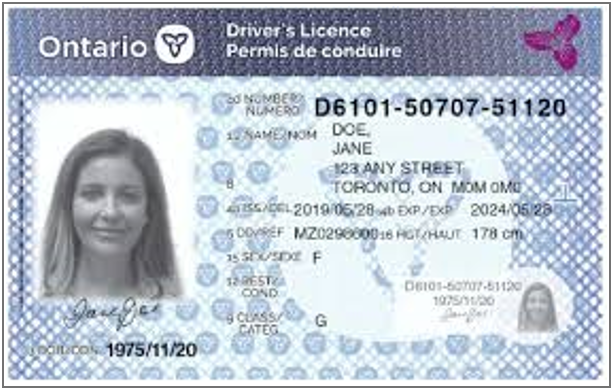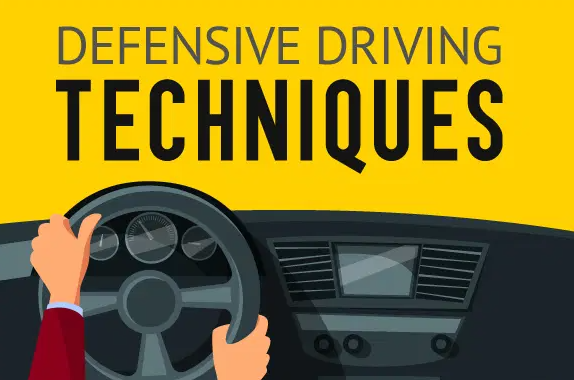Driving is an essential part of our daily lives, but it can also be dangerous if we are not careful. Avoiding hazards on the road and braking effectively are crucial skills for safe and responsible driving. Here is a detailed guide on how to avoid and brake when driving.
Keep a safe distance: Maintaining a safe distance from other vehicles on the road is one of the most crucial aspects of driving safely. This gives you time to react to unexpected situations, such as sudden stops, and also allows other drivers to maneuver safely. The recommended safe distance is at least three seconds behind the vehicle in front of you, which can be determined by choosing a fixed object and counting the time it takes to reach it after the car in front of you passes it.
Anticipate hazards: Anticipating hazards on the road is another essential aspect of driving safely. This includes scanning your environment for potential hazards such as pedestrians, cyclists, animals, debris, and other vehicles. By being aware of your surroundings and anticipating potential hazards, you can react quickly and avoid accidents.
Be aware of blind spots: Blind spots are areas around your vehicle that are not visible in your mirrors or through your windows. It’s essential to be aware of blind spots and check them before changing lanes or merging. Checking your blind spots can be done by looking over your shoulder in the direction you plan to move.
Use your brakes: Using your brakes effectively is crucial for safe and responsible driving. Brake smoothly and gradually rather than suddenly, which can cause skidding or loss of control. Pressing the brake pedal lightly is enough to slow down or maintain a steady speed in most cases, while heavier pressure is required when you need to stop quickly.
Brake before entering turns: Braking before entering turns is another essential aspect of braking effectively. Using a controlled, smooth braking technique before entering turns helps maintain control of your vehicle and reduces the risk of skidding or sliding.
Use anti-lock brakes (ABS): Anti-lock brakes (ABS) are a safety feature that can help prevent skidding and maintain steering control in emergency situations. When using ABS, press the brake pedal firmly and hold it down. The system will automatically pump the brakes to prevent the wheels from locking up and maintain steering control.
Downshift when necessary: Downshifting to a lower gear when going downhill or when you need to slow down quickly is another effective way to maintain control of your vehicle and reduce wear on your brakes. Downshifting helps slow down your vehicle without relying solely on your brakes, which can overheat and wear out more quickly.
Avoid distractions: Avoiding distractions while driving is essential for maintaining focus and awareness on the road. This includes avoiding activities such as using your phone, eating, or applying makeup while driving. Staying focused on the road and aware of potential hazards is crucial for safe and responsible driving.
In conclusion, avoiding hazards on the road and braking effectively are crucial skills for safe and responsible driving. By keeping a safe distance, anticipating hazards, being aware of blind spots, using your brakes effectively, braking before entering turns, using ABS, downshifting when necessary, and avoiding distractions, you can avoid accidents and maintain control of your vehicle. Remember, safe driving is not only essential for your own safety but also for the safety of others on the road.



